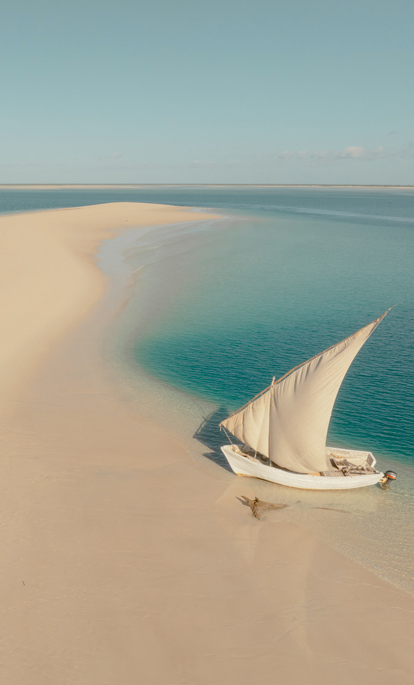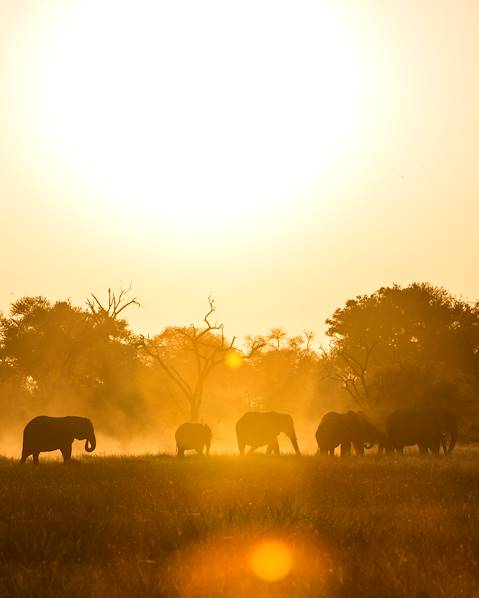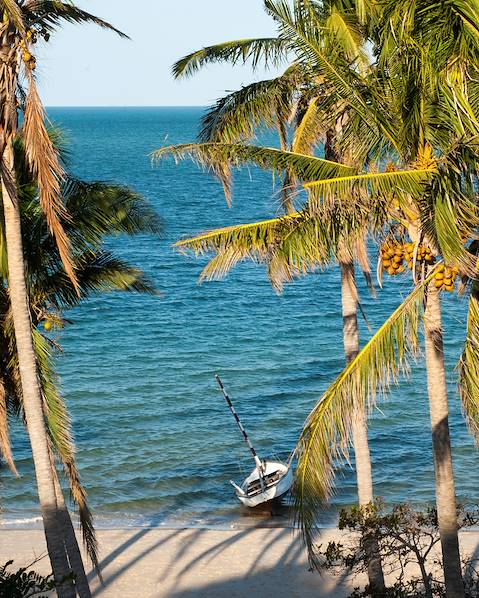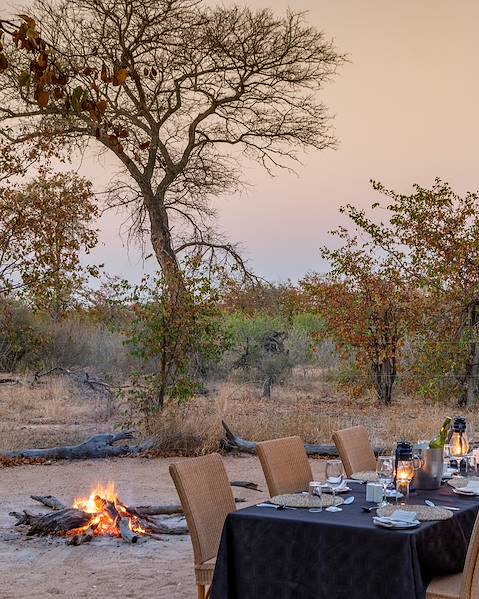A gem of the tropics, Mozambique has a tropical climate, with much of its coastline influenced by the Indian Ocean. With two main seasons, one wet and one dry, the best time to visit Mozambique would generally be during the dry season, though it depends on where you intend to stay. Its location within the southern hemisphere means that Mozambique has its winter from May to August, right in the middle of the dry season, which falls between May and October. The wet season is hot and rainy, falling between the months of November and March, and in some areas of the lowlands the heat can be intense. Winter in Mozambique brings sunny days and pleasant winds, but watch out for the dropping temperatures at night, especially inland. The south of the country is generally much drier throughout the year, while the rainiest part is usually the coastline, which has much warmer temperatures than the centre.
Pemba
Capital of the Cabo Delgado Province in northern Mozambique, Pemba’s proximity to the equator makes for warm temperatures all year-round (although not to be confused with Pemba Island, off the coast of Tanzania). With a tropical savanna climate, the port town still experiences wet and dry seasons, though temperatures generally remain in the mid 20°Cs throughout. The wet season spans from December to April, and with it comes heavy and consistent rainfall. The best time to visit Pemba would be between May and November, as the dry season brings sunny skies, warm but not hot temperatures and very little rain.
Tete
Sat on the Zambezi River, and the capital of the Tete Province, Tete has a hot and semi-arid climate. Located in west-central Mozambique, near the coal mines of Moatize, the city is located in the hottest and driest part of the country. Experiencing little rainfall and intense heat, and reaching temperatures up to 45°C in October and November, Tete experiences a slight decrease between May and August, which would be the best time to visit for those who want sunny days and hot, but not scorching, weather.
Beira
A coastal city located where the Pungwe River connects to the Indian Ocean, Beira, like much of Mozambique, has two main seasons. Due to where it sits in central Mozambique, on the coastline, the city experiences abundant rainfall, never completely dry, even during the dry season. With its dense population and hot, cloudy, wet season, the city is one to visit during the drier months, between June and September. While temperatures in Beira never fall below 18°C, you’ll find the dry season to be warm and clear, though perhaps a little muggy.
Maputo
The capital city of Mozambique, Maputo, is located far south and is known for its eclectic architecture and tropical savanna climate. The port city is situated on the coastline, within one of the cooler regions of Mozambique, with temperatures rarely going above 33°C. Despite this, Maputo remains fairly hot throughout the year, with the hottest month falling in January. The city’s location on the coast leaves it vulnerable to cyclones and flooding, especially during the rainy summer months, between December and March. While the city does not experience the highest levels of rainfall in Mozambique, with a yearly average of 32 inches, the summer months are definitely wetter and prone to thunderstorms in the afternoons. April, May and June are good times to visit Maputo, as these early winter months are warm but not rainy.
Xai-Xai
Capital of the Gaza Province, in southern Mozambique, Xai-Xai has a tropical savanna climate, like much of the country. Gaza is the least populated province of Mozambique, and temperatures all year round lean warm to hot. Xai-Xai is relatively dry, compared to the rest of Mozambique, though during the wet season, which runs from November to March, there’s still a decent chance you’ll get rained on. For hot weather lovers, February through to May and early September to October are the best times to visit. For those who don’t mind slightly cooler temperatures, the coolest and least rainy months are between June and August, and temperatures fall in the high 10°Cs to mid-20°Cs, rarely dropping below 16°C.
Gorongosa National Park
For travellers planning to visit the national park at the end of the Great African Rift Valley, located in central Mozambique, it’s important to know which months will provide the best experience. With a hot and tropical climate, and two seasons, the best time to visit Mozambique for a safari is during the drier months of May to October, as the lack of rainfall causes animals to congregate at water sources, and the clearer weather means you’ll have a better shot at spotting wildlife at a further distance. The park is closed from mid-December to the end of March, as heavier rain and thunderstorms damage the roads. For lovers of the landscape, April would also be a good time to visit, as everything is lush and green after the rainy season, though some roads may still be closed until the drier months.

















